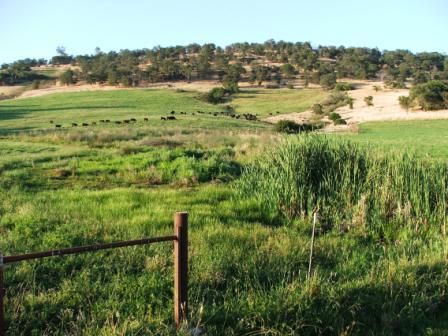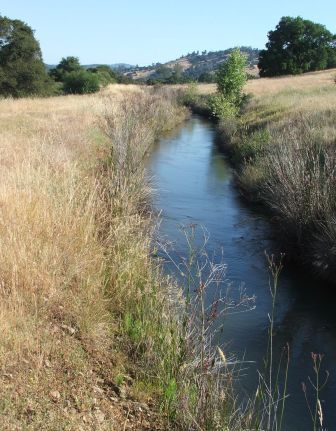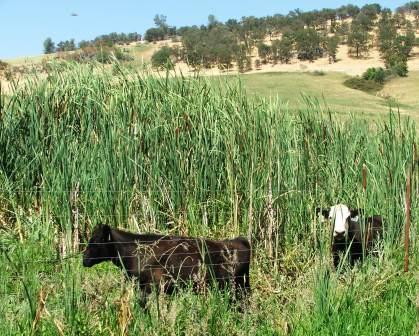|
WHAT WE HAVE LEARNED
In the Sierra Nevada foothills, Black Rails occupy a very specific habitat type, generally shallow zones (<3 cm depth) of permanent or semi-permanent wetlands with dense emergent vegetation. Due to their highly secretive behavior, Black Rails rarely venture out into the open but instead prefer to remain hidden beneath a canopy of thick cattails, rushes, sedges or wetland grasses. A steady flow of shallow water also seems to be important to Black Rails in the foothills, hence their association with artificial wetlands that form, either deliberately or accidentally, near irrigation canals. Black Rails can occupy wetlands as small as 40’ x 40’ but are usually found in wetlands that are a quarter of an acre or larger. Black Rails are sensitive to wetland vegetation clearing and overgrazing.
|


